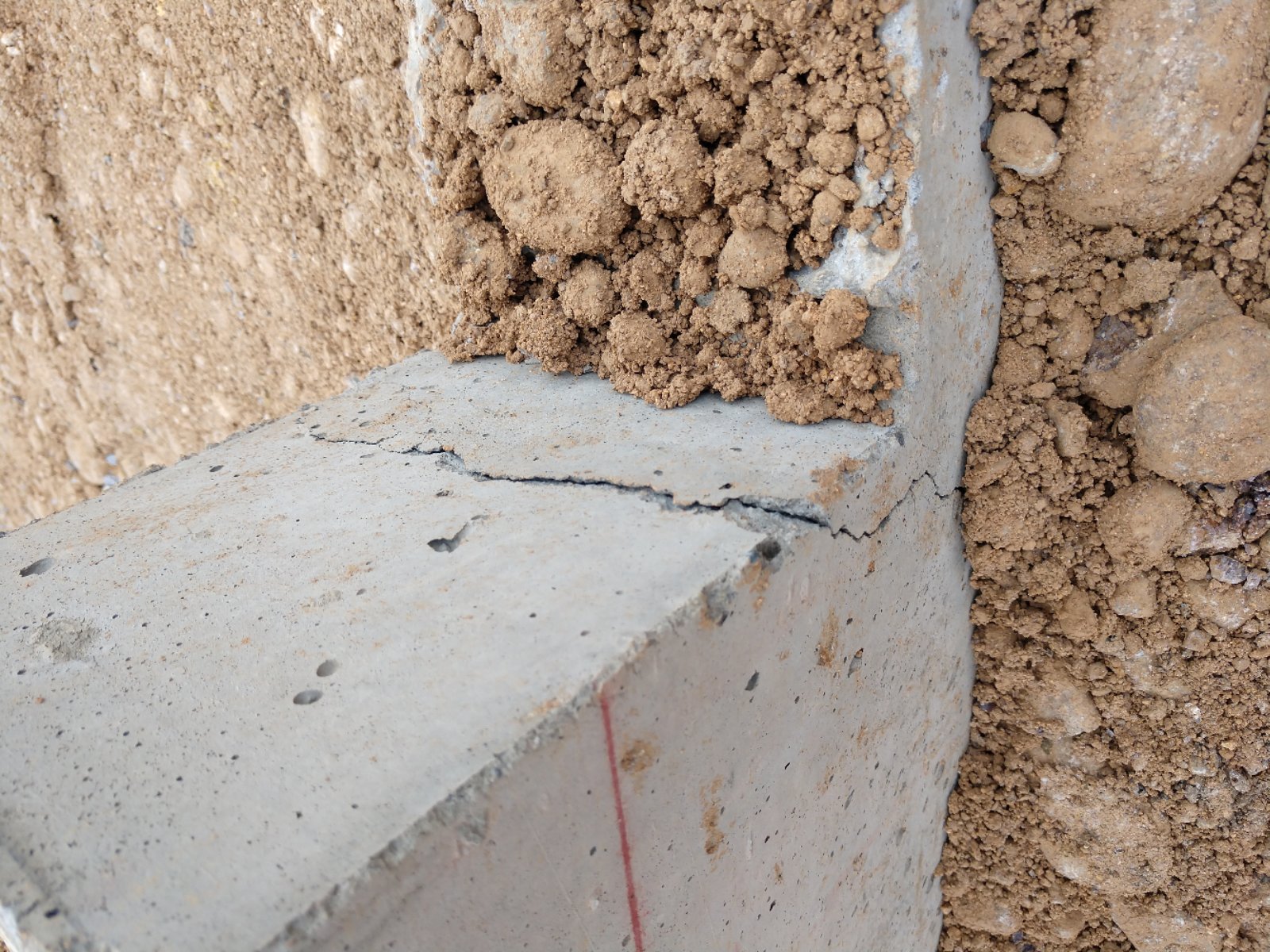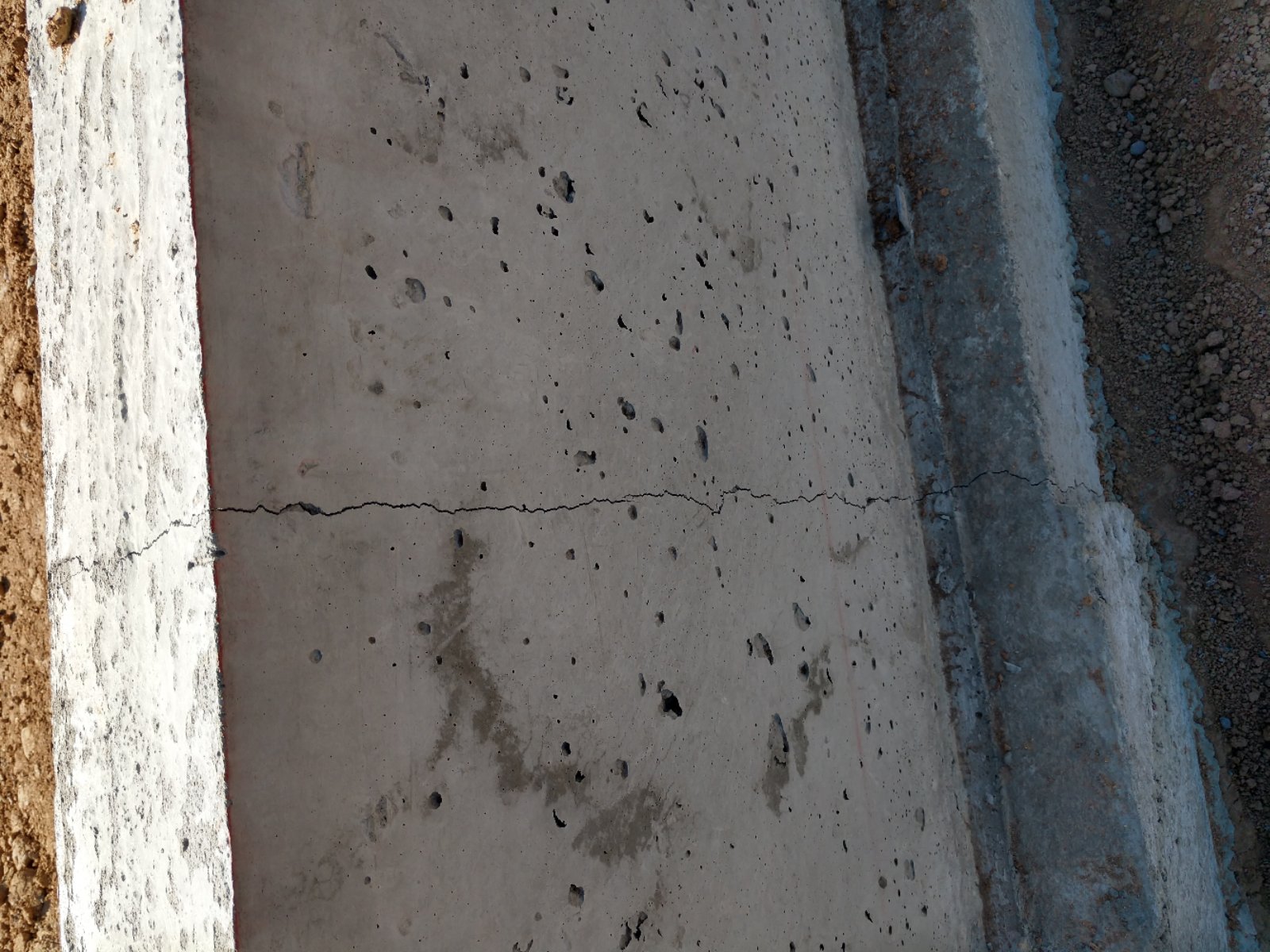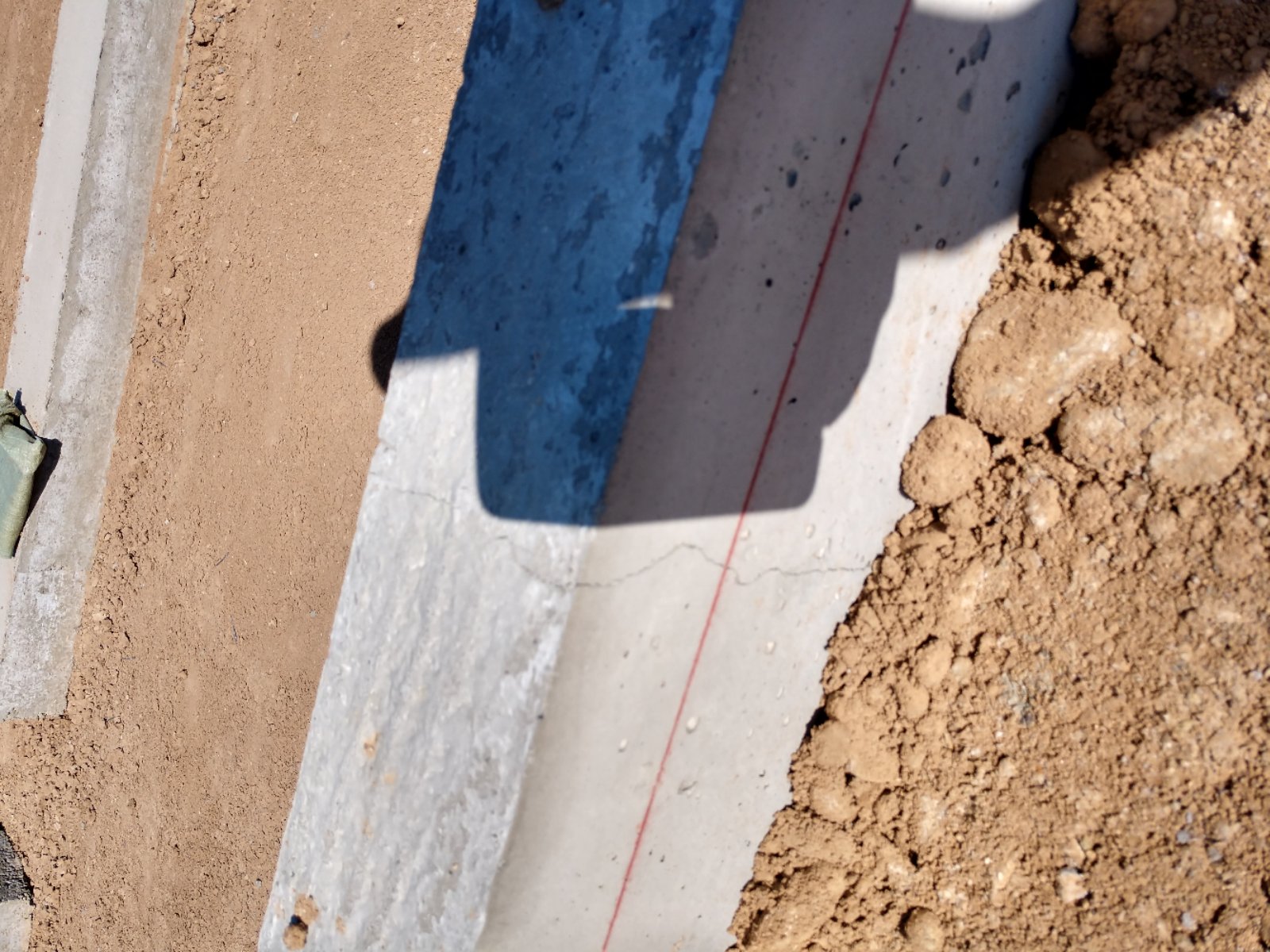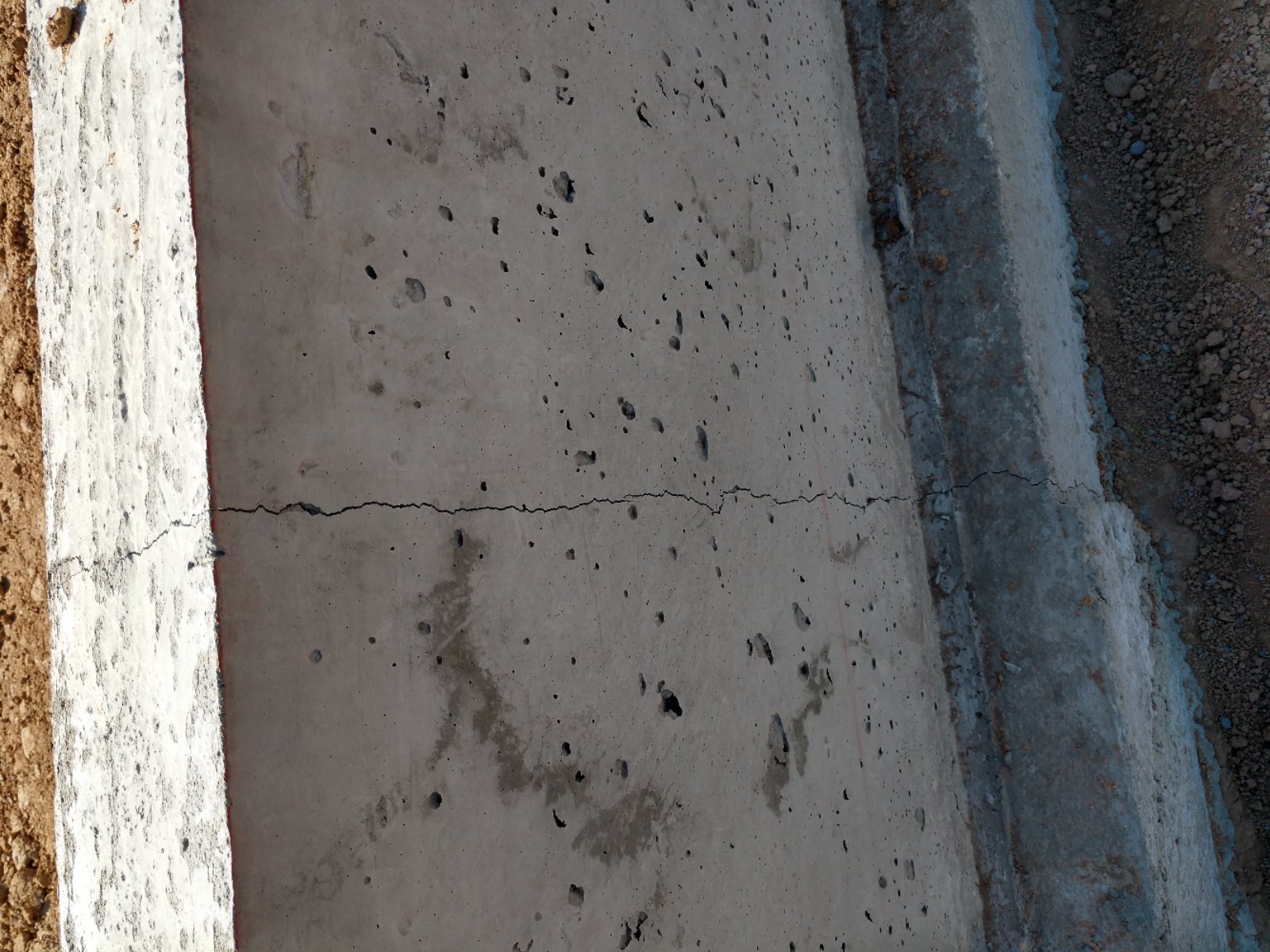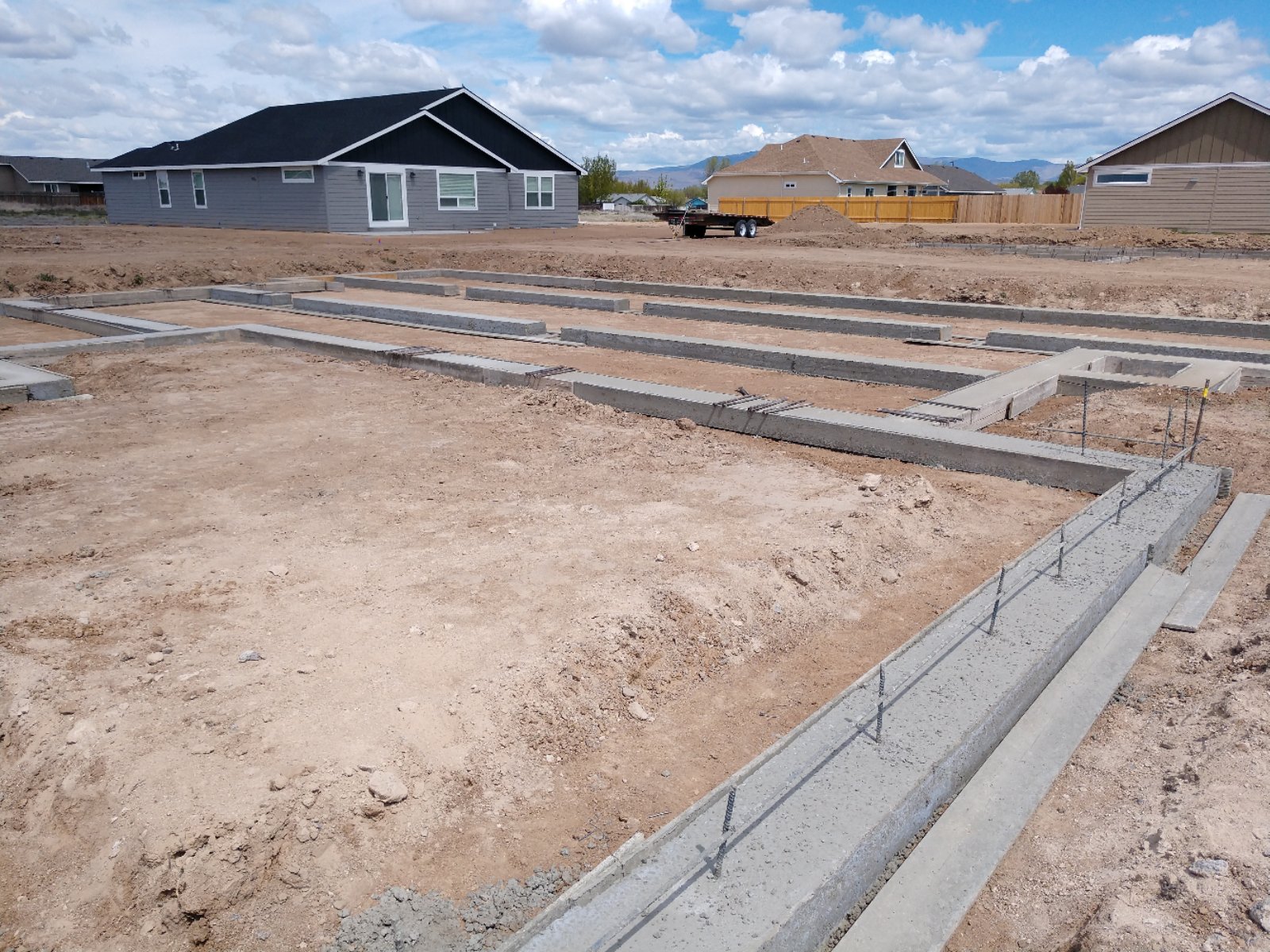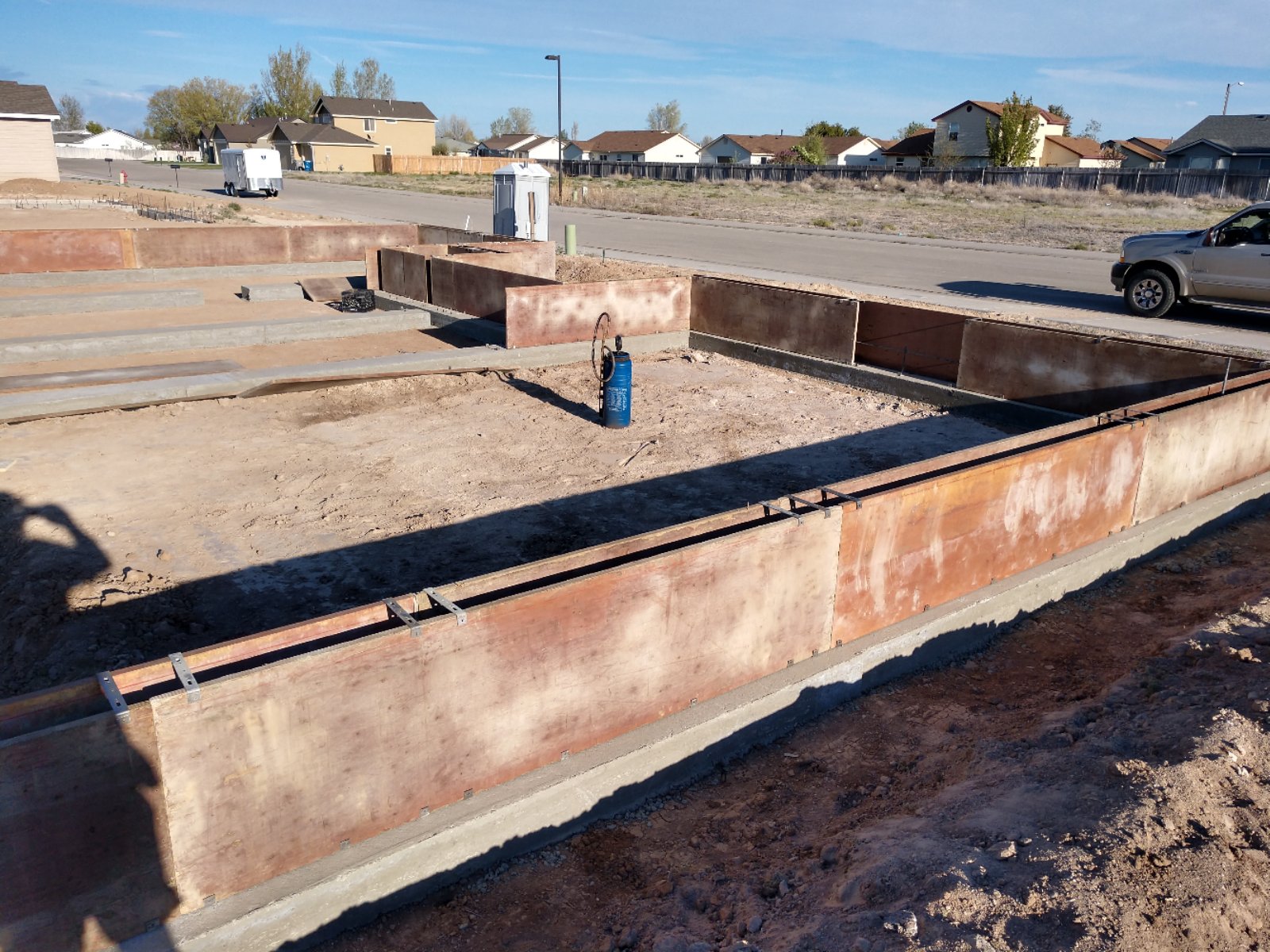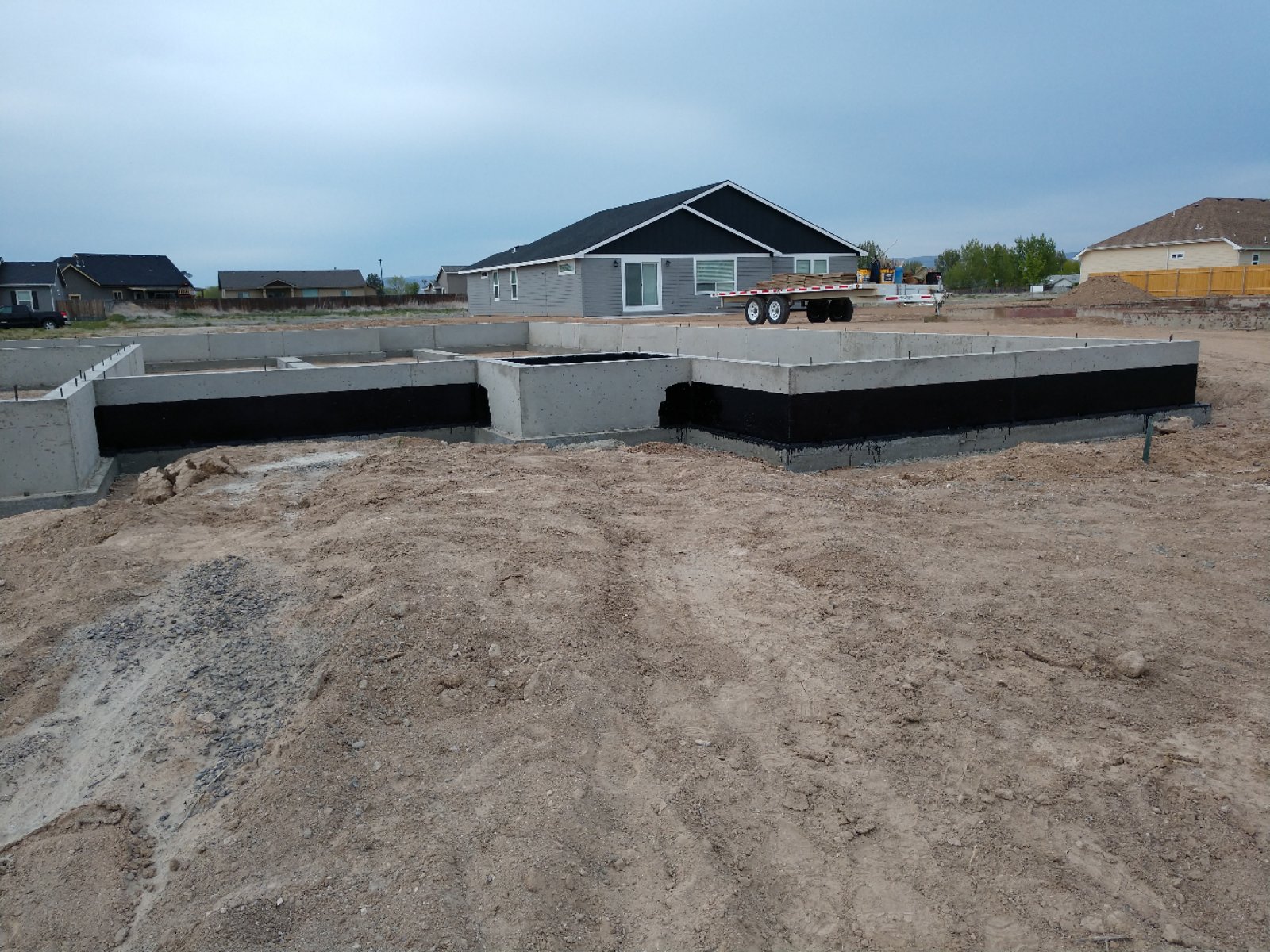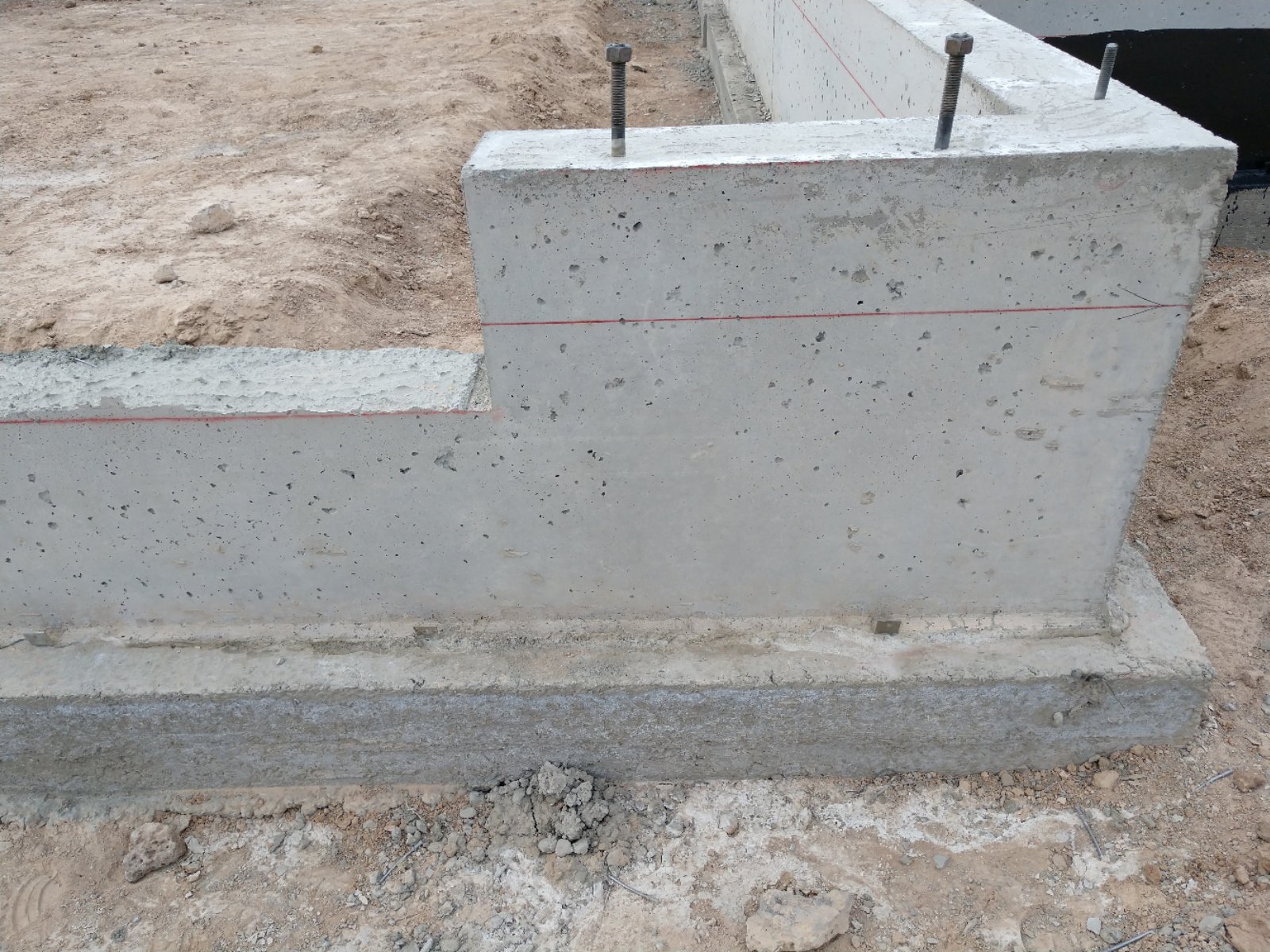Weatherlite
REGISTERED
I'm having a home built by a very reputable builder. I'm one of those people who continually checks the job site...both to make sure things are done pee the plan, and just to get pictures to share with family and friends Saturday, I was taking a look and found two cracks.
One crack on the garage outer wall side and the other on the opposite side of the house. Both go completely through the foundation wall and footer, mostly in a straightish line. Not diagonal or horizontal. Each crack about 1/8" wide. I reported it to my realtor, who brought it up to the builder this morning. Waiting for them to inspect and tell me what's going on. Today after work, I went to get more pictures and video and I found a third crack which definitely wasn't there Saturday! This one is in the inner garage wall. All three cracks are within four feet of each other distance wise from the front of the house, almost as if a great weight was pushing down on the front of the foundation and it broke right across the center.
Other than the fill for the garage floor there is nothing else done. No wood attached yet. Nothing. To me, this seems SEVERELY messed up!! I could see a crack appearing years after, but not before the house is even built. I'm praying the builder tears it out and starts over, but I'm not holding out hope for that either.
So, what's the concensus? Would it be wrong to build on a known cracked foundation? Is it common? Any insight is appreciated.
One crack on the garage outer wall side and the other on the opposite side of the house. Both go completely through the foundation wall and footer, mostly in a straightish line. Not diagonal or horizontal. Each crack about 1/8" wide. I reported it to my realtor, who brought it up to the builder this morning. Waiting for them to inspect and tell me what's going on. Today after work, I went to get more pictures and video and I found a third crack which definitely wasn't there Saturday! This one is in the inner garage wall. All three cracks are within four feet of each other distance wise from the front of the house, almost as if a great weight was pushing down on the front of the foundation and it broke right across the center.
Other than the fill for the garage floor there is nothing else done. No wood attached yet. Nothing. To me, this seems SEVERELY messed up!! I could see a crack appearing years after, but not before the house is even built. I'm praying the builder tears it out and starts over, but I'm not holding out hope for that either.
So, what's the concensus? Would it be wrong to build on a known cracked foundation? Is it common? Any insight is appreciated.


